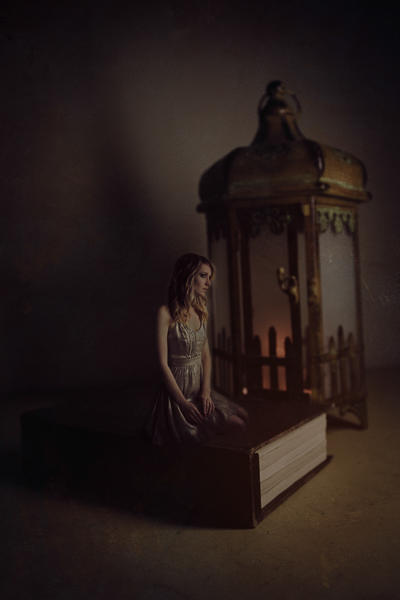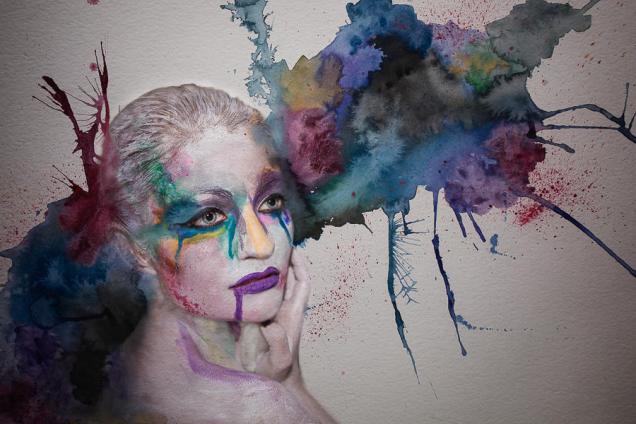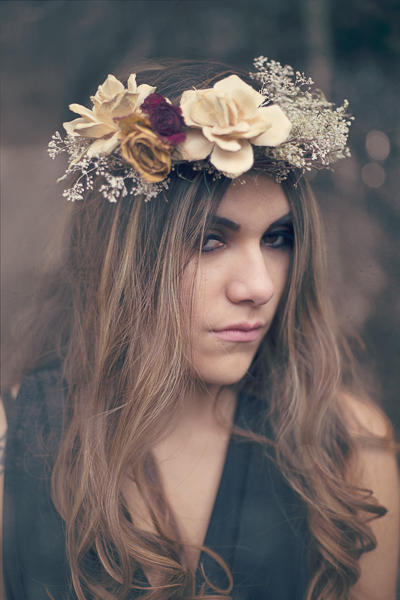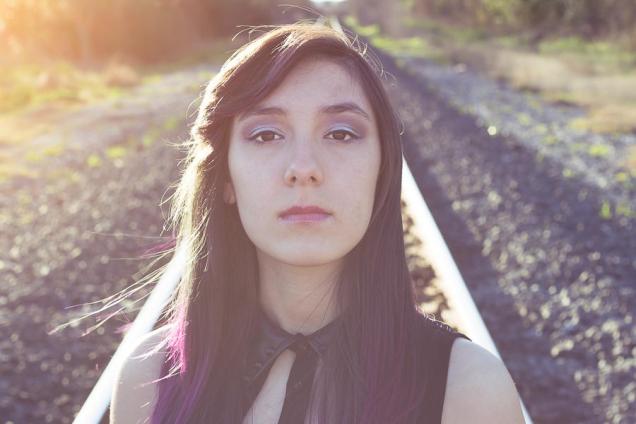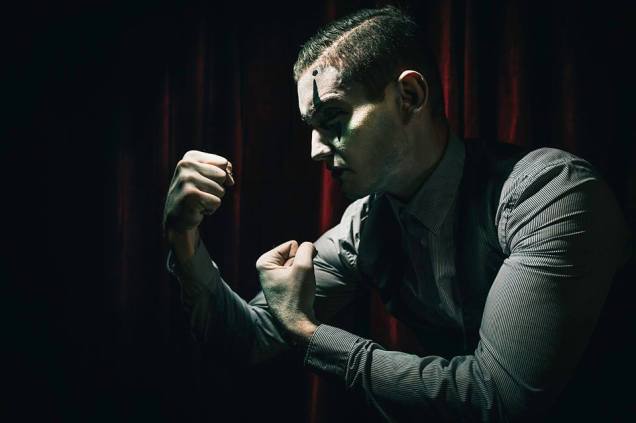“What’s the first thing you noticed about me when we met?”
It’s a standard question. Amongst lovers and amongst friends, people want to know their defining trait. It’s a question that leaves room for compliments and flowery language, and typically whenever someone asks it, they are usually looking for flattery. And people react accordingly, proceeding to talk about the other person’s shining personality, or their great sense of humor, or (god help us) their heavenly scent. That is not to say these people are wrong. Perhaps the first thing someone noticed about their significant other really was their tinkling laugh or their driving ambition (whatever that looks like). But, if we’re being completely honest, the first thing anyone notices about anybody is obvious: their face.
There is power in a face. The cracks, the divots, the scars; our faces are more than our masks. They tell our stories.
—
Sitting in a local neighborhood bar, Arielle Lewis fiddles on her laptop, jumping back forth between editing her most recent photo shoot, networking with clients via Facebook and text message, and enjoying a glass of cider on the side. The bar is abuzz with young locals – the sounds of laughter, televised football games, and clinking glasses fill the air – but Arielle is so caught up in her work that she hardly seems to notice.
I watch closely as she sorts through hundreds of photos and elements and filters, trying to find the perfect combination to create the image she has in her mind, and within seconds I’m immediately overwhelmed. But she breezes through her lists and folders like a seasoned professional, knowing exactly what she’s looking for and where to find it. As she merges photos, erases elements, darkens corners, and blends edges, what once looked like a scrambled collage yanked from a teenager’s scrapbook gradually becomes whole and unified, two separate images that have unmistakably become one.
It’s nothing if not impressive. Arielle is completely self-taught, learning how to use Photoshop creatively via YouTube and how to use a camera by simple trial-and-error. What takes some people entire courses to understand, Arielle learned entirely on her own. “I taught myself the equipment and the rest was just playing with images and studying what about them worked and what didn’t.” As I quietly watch her work – changing the tint here, altering the color there – one thing is clear: Arielle may not be classically trained, but she is no amateur.
—
As Arielle finishes touching up the rough edit for one of her photos, we order our food and get comfortable. The first thing I bring up is the obvious question, especially if one is at all interested in photography of any kind. The argument of film versus digital has been long raging and I wanted to get Arielle’s general stance on the subject, given a lot of her work gains most of its impact in post. She answered quickly and concisely. “Digital photos give the artist more possibilities and more opportunities.” To her, it’s no different from painting. “The photographs are the canvass. The digital retouching is the art.”
Looking at the results, that’s hard to argue.
But why focus specifically on portraits? Arielle not only shows prowess in framing and blocking and capturing an image, but in painting and drawing. She incorporates the two seamlessly in her watercolor series, Splash of Color, in which real-life portraits are made to look like watercolor paintings, so to expect a broader scope only seems natural. After all, if photographs are a canvass, why not try to get as wide a lens as possible? “There’s depth in a human face. What makes you stop [on a portrait] is the eyes and the expression… Every person has different traits that are accentuated when doing portraits, down to what expressions they choose and what body language they use.” Portraits get to the heart and soul of the person.
That’s an honorable and respectable answer and one that I agree with. But it also raises a red flag. If the point of digital portraiture is being given the opportunity to make changes and alter the image into something new and unique, isn’t altering the image in post lying about these people’s stories and who they really are?
“No. Just like you choose your haircut, your makeup, and your clothing, even if a photo is digitally enhanced, I wouldn’t change the shape of someone’s body. But I would change the color tones, the background; flourishes can help accentuate someone’s personality and what they would want to present as who they are.” I asked if that was different in a case like this, however, since the choice is not up to the individuals being photographed, but by Arielle, the photographer and editor. She is the one making the calls about how to present the photographs. She hesitates as she considers the question and formulates her answer. “[That is] why I like faces. You can read into somebody’s face and see if they’re introverted or extroverted, especially in terms of how they act in front of the camera or the photographer. You get to know the model very intimately in a photo shoot. That, and what I see in their personality, is the main factor in what I choose to do with the end product. But that’s if I’m shooting for a client. If I’m shooting for me, for a specific concept, and I cast a model, those are the things I look for. I’ll cast the model and the makeup artist based entirely on what I want the end product to be. But when I take a portrait of somebody for them, I don’t start with an end product in mind. I work off of what I get to know from them during the shoot.”
That’s one of the most important things to note about Arielle’s work. While she is able to create some beautiful works of art, playing with light, makeup, and digital enhancements to elevate faces into something otherworldly, she is just as adept at capturing someone’s natural beauty in their natural forms.
“There’s a difference between client portraiture and creative works of art… Everyone should have a shot [of themselves] that shows their beauty and their personality, going past their face into who they really are… But, if it is creative, I still like using people because you can convey certain depths of emotion that you wouldn’t be able to obtain [otherwise]. Sometimes people will surprise you. Sometimes they’ll give you a certain feeling you didn’t know you wanted to convey and it works ten times better. It makes the work collaborative. That kind of exploration, especially in the editing process, is what I love.
“You can plan a shoot out, step by step, but it’s still an evolution. There’s still growth and you make it what you need it to be. And any sort of digital retouching, like if I’m putting two photos together, taking one piece from one photo and one piece from another… I don’t see that as cheating. I see that as creating, as putting multiple parts of one person’s soul into one image to make it work, especially if it’s a complex composite. You’re still conveying that emotion; the eyes are still there, it’s still that connection, and I think changing other aspects of the image doesn’t deter from that.”
So how much in an image is she willing to change? “Anything, but I will not dramatically change anybody’s body type. If I change anything about the body, it’s because ‘Oh, she has an awkward hand here, but it’s pretty in another picture, but I love her face here… let’s give her that hand.’ If she’s blinking in one picture, but her body looks amazing, I’ll switch the heads.”
Honesty is the key to Arielle’s approach. If it’s not real, if it alters who the person inherently is, the story the face is telling, it defeats the purpose. “I’ll enhance it, I won’t lie. If someone has a blemish on their face that they don’t usually have there, then I’ll take that away, because that’s not part of who they are, that’s just something that’s going on with them at the time. And I try to look past those things. Everything [a model or client] may hate about themselves, I try to put in the image in a beautiful way.”
—
As our food is brought to our table, I turn off the recorder and Arielle’s face brightens. I couldn’t say how long it’s been since she last ate, but judging from her work ethic, I wouldn’t be surprised if it had been a good while. We chat, crack jokes, and generally have a good time, but it doesn’t take long for her attention to be drawn back into her world of Photoshop, pictures, and faces. As I watch her scroll through her as yet unedited photos, my eyes wander from the faces on her screen to Arielle’s face as she studies and analyzes and critiques her own work, and it dawns on me how much power can be found in a face. They are open, but mysterious, so easily read, and yet unreadable. A face can make us happy, sad, angry, contemplative, or even fall in love, and half the time we don’t even know why. My eyes wander back to her computer screen as she works vigorously on scrubbing two photos together so they blend seamlessly and I am once again impressed. This is dedication; not just to making great art, but to honesty, to truth.
To faces.
To see more work by Arielle Lewis, head over to http://www.ariellelewisphotography.com/ or https://www.facebook.com/arlewis8
